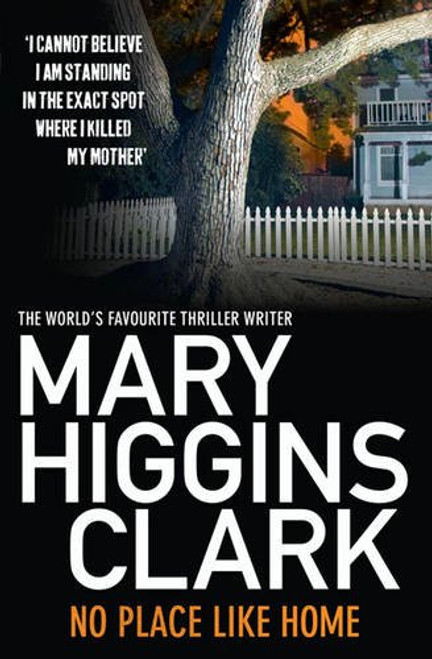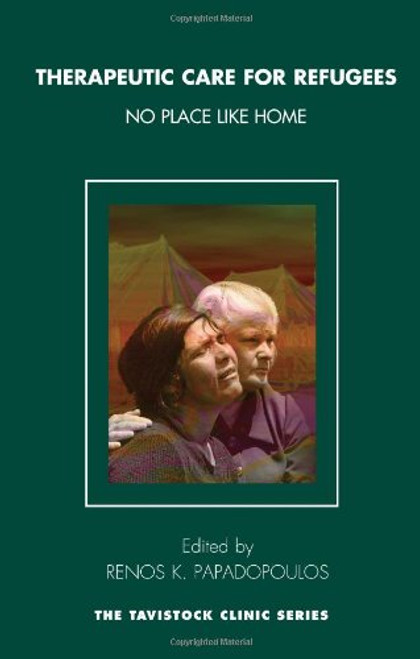No Place Like Home is a book which tries to capture the essential spirit of Springfield, Ohio, as expressed by its architecture over the last two hundred years. The story begins with the crude structures erected by pioneers like Simon Kenton. These huts of rough logs and branches are seen to gradually give way to more refined structures using hewn logs and regular carpentry techniques.
With the arrival of numerous settlers from the East and North, architecture is seen as a reflection of their varied backgrounds. Most newcomers are farmers. Those from Virginia, like David Crabill, prefer a traditional Scotch-Irish type of house, while the ones from Pennsylvania seek to build into the sides of hills, or banks.
When new arrivals from eastern cities begin to increase, so too do the demands for the newer urban styles of architecture. In the mid 1830s Dr. Berkley Gillett leaves upper New York State and brings the Greek Revival style for his new home. This will soon give way to the Gothic Revival in homes such as that of pioneer druggist, John Ludlow, and Gothic windows will be found in Springfield homes up to the 1870s.
By the mid-1850s the Italianate style began to dominate the Springfield scene. It would remain in control until the early 1880s, although fading earlier in other places. Italianate and Italian Renaissance style houses and public buildings were built everywhere in the city and county. Some of the most outstanding specimens of this style were built in the newer residential areas of South Market Street (now Fountain Avenue) and East High Street. The homes built by John Foos and James Rinehart are some of the most noteworthy.
The lifespan of the French Mansard style in Springfield was brief, but its products were beautiful. The homes of Frank Bookwalter, his brother-in-law, Warren Leffel, and Elijah Middleton brought this most cosmopolitan of revival styles to the local scene where it truly sparkled.
In the 1880s and 1890s first the Eastlake and then the Queen Anne would all be used for local housing. However, it was the Richardsonian Romanesque that became the most important style. Interpreted by local architect, Charles Cregar, it provided a wealth of prominent buildings. It reached its apex in the vast mansion created by Asa Bushnell, who would soon become Governor of Ohio.
Following the Columbian Exposition in 1893, Springfield followed the main lines of American architecture, providing more homes for an expanding middle class. Private home ownership became the theme of Springfield real estate developer Harry Kissell, who would go on to national fame. Remaining a strong manufacturing city in the early twentieth century, its residents of means continued to build grand homes. The book concludes with the Last Hurrah of the Barons of Industry in the Mediterranean style mansions of John Bushnell and C. F. Greiner.
No Place Like Home is exactly what it says it is. It is the proclamation that Springfield, Ohio is the place where we grew up. It's the place where we have always seen grand mansions while standing in humble front yards. It's a place where we have a long history, but we have always found it a comfortable history, never intimidating. Our architectural history ever beckons the newcomer as it welcomes back the native. In the same way, this books hopes to show every reader that, There's No Place Like Home!







